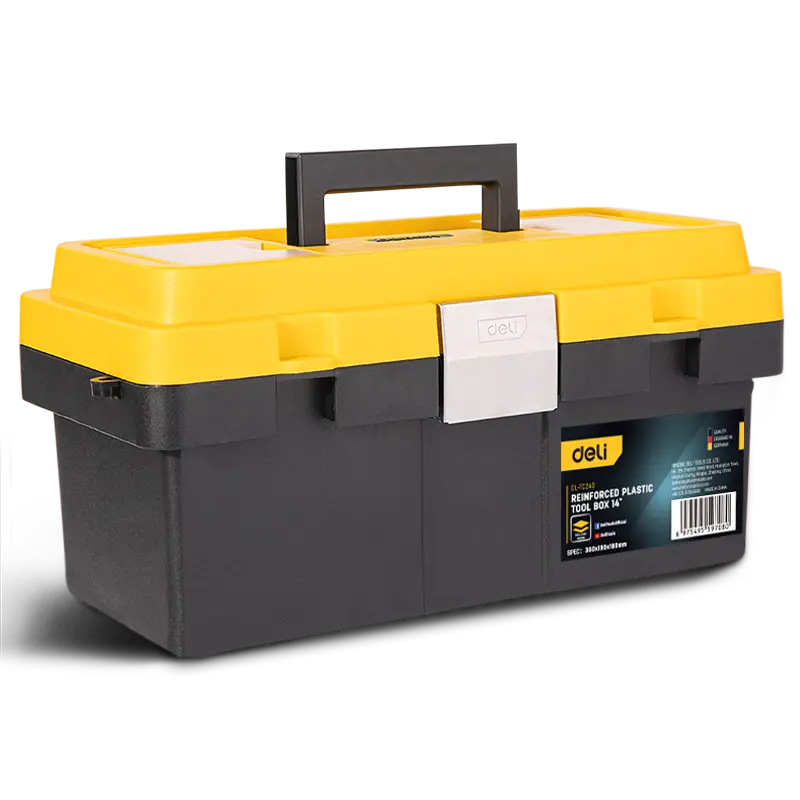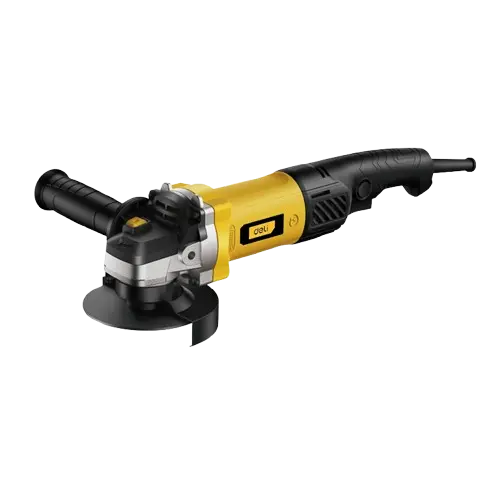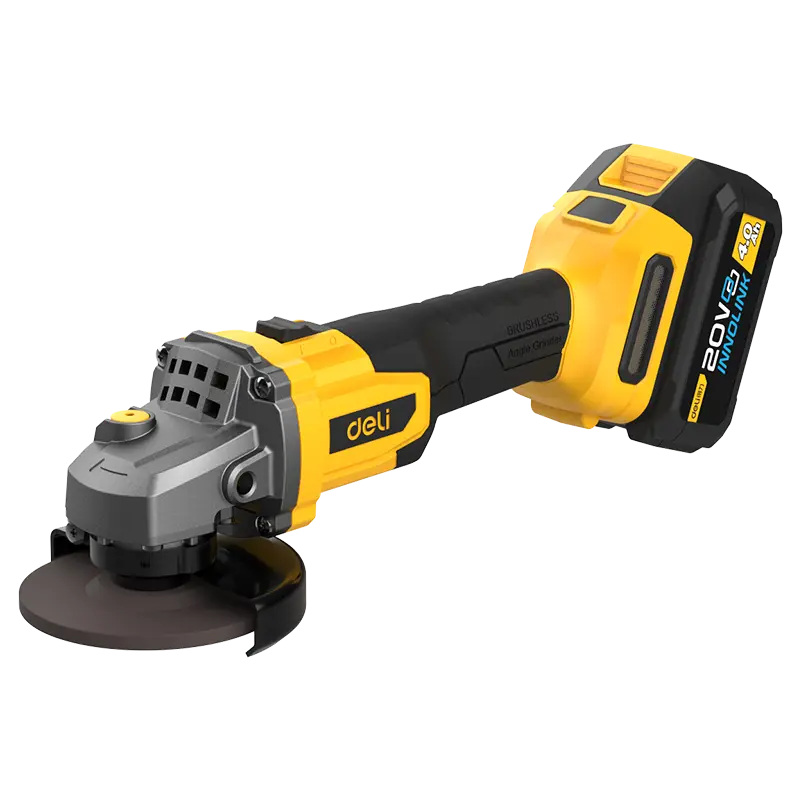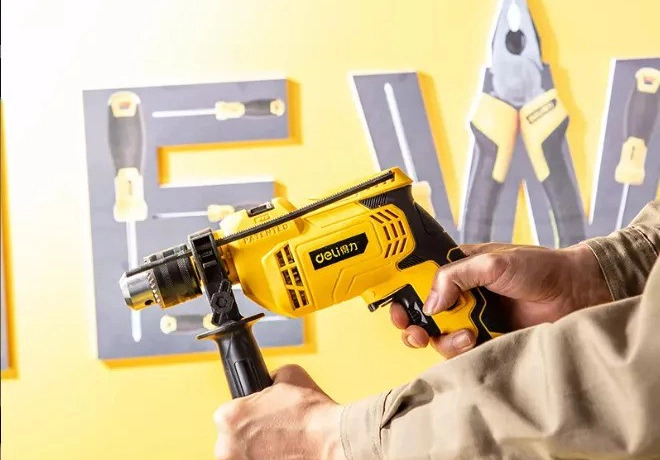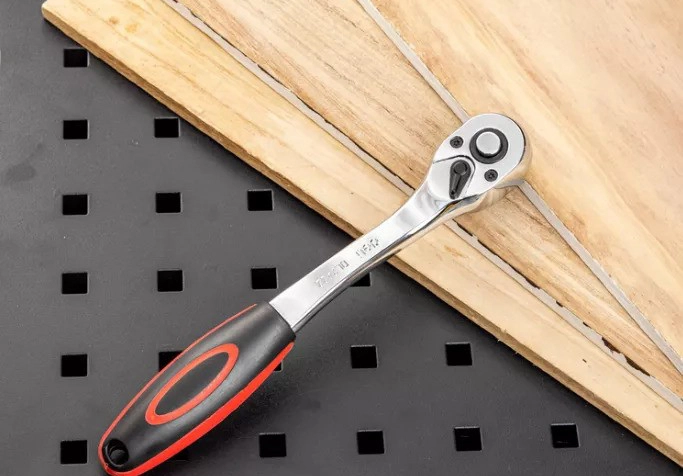Introduction
In the world of electronics and electrical engineering, precision is key. Whether you're a seasoned professional or a curious hobbyist, having the right tools can make all the difference. One such indispensable tool is the large display multimeter. This device, with its clear and easy-to-read screen, simplifies the process of measuring various electrical parameters. But how exactly do you use a large display multimeter? Let's dive into the details and explore the functionalities and applications of this Deli multimeter.
Understanding the Basics of a Large Display Multimeter
What is a Large Display Multimeter?
A large display multimeter is a versatile instrument used to measure voltage, current, and resistance in electrical circuits. Its standout feature is the large display, which provides clear and easily readable measurements, reducing the risk of errors. This tool is particularly useful in low-light conditions or for individuals with visual impairments.
Key Components of a Large Display Multimeter
To effectively use a large display multimeter, it's essential to familiarize yourself with its key components:
Display: The large screen that shows the measurement readings.
Probes: The red and black leads used to connect the multimeter to the circuit.
Dial/Selector Switch: Allows you to choose the type of measurement (voltage, current, resistance).
Input Jacks: Ports where the probes are connected.
Steps to Use a Large Display Multimeter
Step 1: Powering On and Setting Up
Begin by turning on your large display multimeter. Most models have a power button or switch. Ensure the device has fresh batteries or is properly connected to a power source if it's not battery-operated.
Step 2: Selecting the Measurement Type
Use the dial or selector switch to choose the type of measurement you need from a trustworthy digital multimeter supplier. Common options include:
Voltage (V): For measuring electrical potential difference.
Current (A): For measuring the flow of electric charge.
Resistance (Ω): For measuring the opposition to current flow.
Step 3: Connecting the Probes
Insert the black probe into the common (COM) input jack and the red probe into the appropriate input jack for the measurement type. For voltage and resistance, use the VΩ jack. For current, use the A jack.
Step 4: Taking Measurements
To measure voltage, place the probes across the component or section of the circuit you wish to measure. For current, connect the probes in series with the circuit. For resistance, ensure the circuit is de-energized and place the probes across the component.
Advanced Features and Tips
Auto-Ranging Function
Many large display multimeters come with an auto-ranging feature, which automatically selects the appropriate range for the measurement. This simplifies the process and reduces the risk of incorrect readings.
Data Hold Function
The data hold function allows you to freeze the current reading on the display. This is particularly useful when working in situations where it's challenging to read the display immediately.
Safety Precautions
Always follow safety guidelines when using Deli large display multimeter. Ensure the device is rated for the voltage and current levels you are measuring. Avoid touching the probe tips during measurements to prevent electric shock.
Conclusion
Using a large display multimeter from the top multimeter manufacturer can significantly enhance your ability to measure and troubleshoot electrical circuits accurately. By understanding its components, setting it up correctly, and utilizing its advanced features, you can ensure precise and reliable measurements. Whether you're diagnosing a problem in a complex system or simply checking the voltage of a battery, the large display multimeter is an invaluable tool in your toolkit. So, power it on, connect those probes, and let the large display guide you to precise measurements every time.

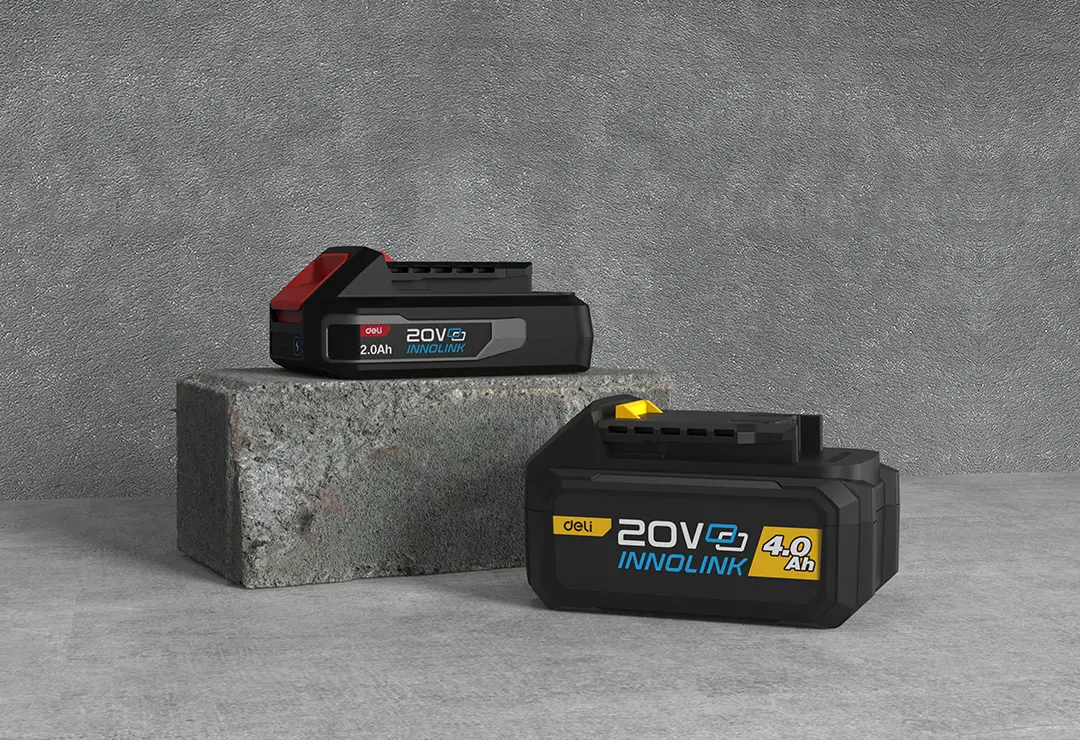


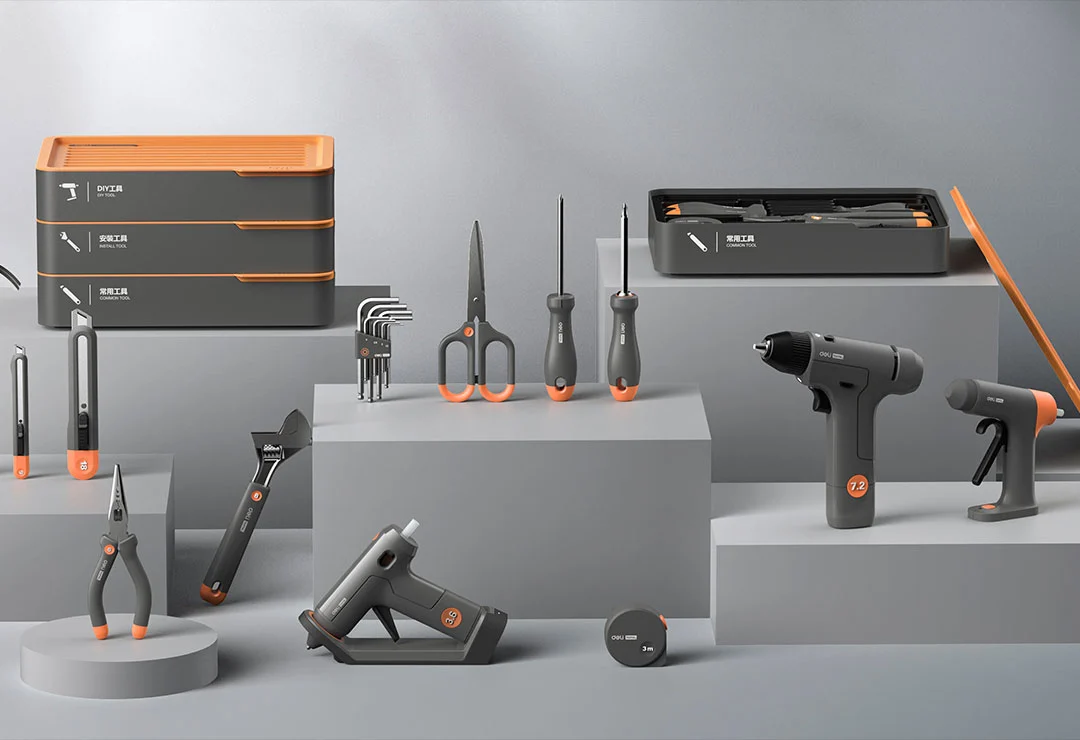

 EN
EN
 jp
jp  ko
ko  fr
fr  de
de  es
es  it
it  ru
ru  pt
pt  ar
ar  vi
vi  th
th  hi
hi  pl
pl  id
id  el
el 